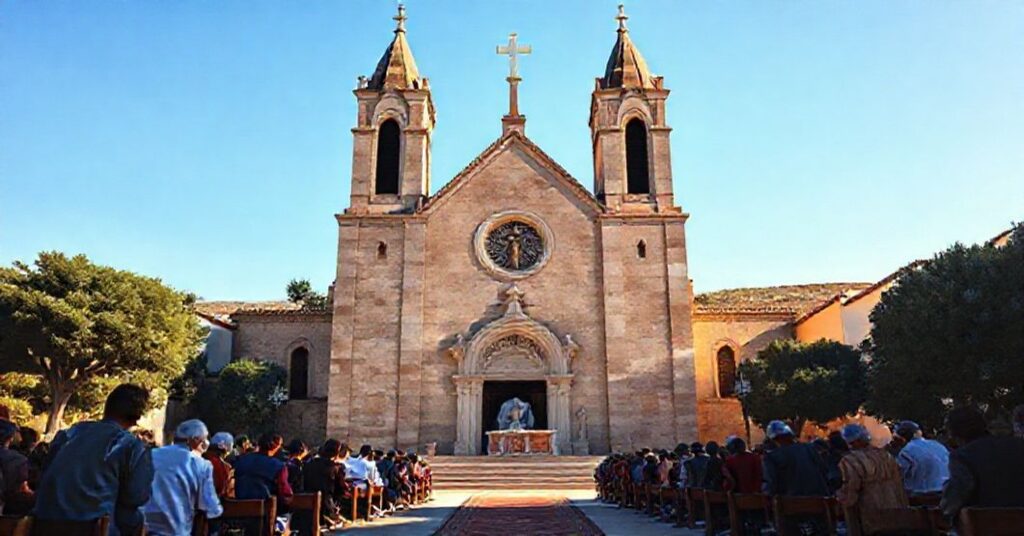Caeruleum mare (1960.02.05)
The document, issued on 5 February 1960 under the name of Ioannes XXIII, bestows on the church of St Charles Borromeo in Carmel, in the diocese of Monterey-Fresno, the title and privileges of a Minor Basilica. It extols the “piety” of the place, recalls its historical link with the beginnings of Catholic presence in California, highlights the tomb and cult of Junípero Serra, notes the popularity of Marian devotion under the title “Our Lady of Bethlehem,” and, invoking alleged apostolic authority, decrees the perpetual validity of this act within the conciliar structure.










